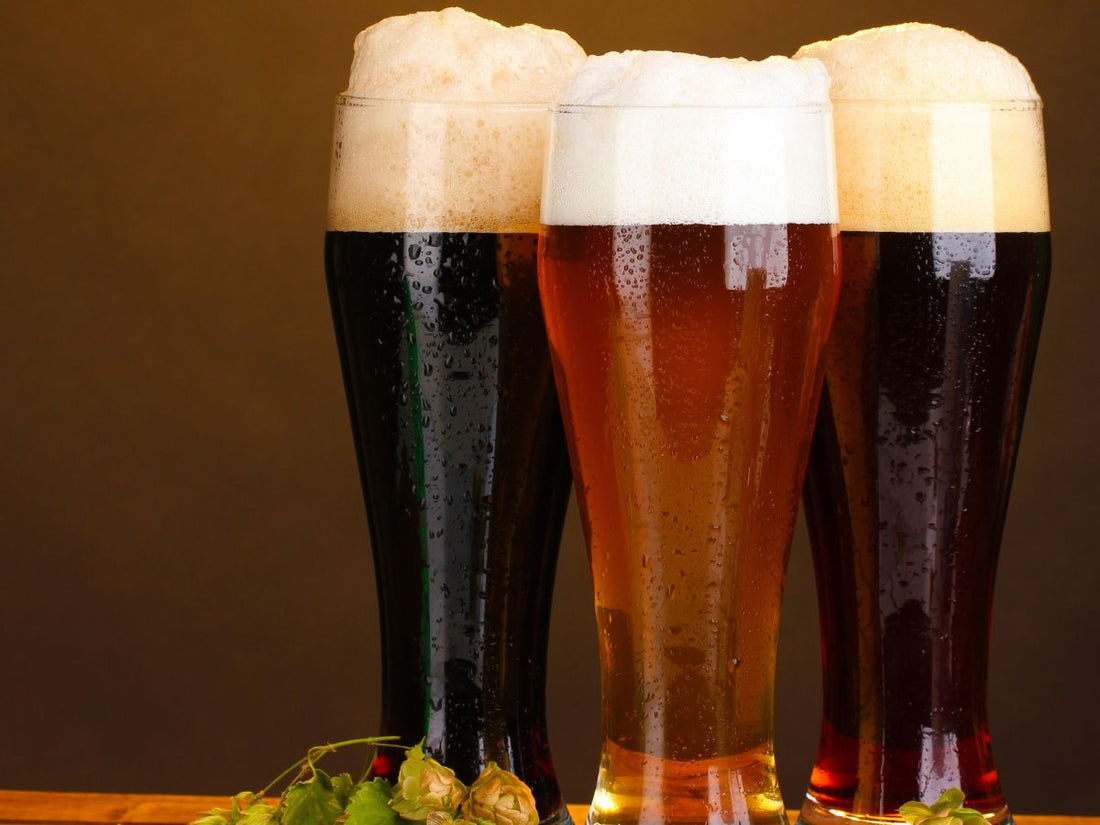Discover the most effective Breweries in Galveston Texas: A Beer Enthusiast's Guide
Discover the most effective Breweries in Galveston Texas: A Beer Enthusiast's Guide
Blog Article
Mastering the Craft of Purification: a Deep Study Distillery Traditions
Exploring the detailed art of purification unveils a globe steeped in classic customs that have formed the spirits we delight in today. From the old beginnings of distillation strategies to the modern advancement of distillery devices, each step in the procedure carries with it a rich tapestry of background and expertise. As we dig into the fragile balance of modern-day versus conventional distilling techniques and uncover the value of essential active ingredients, a deeper understanding arises of the profound influence distillery traditions carry the spirits we savor.
Beginnings of Distillation Methods
The growth of purification strategies has an abundant background that traces back to old human beings. The concept of separating components based on their different boiling points laid the foundation for the sophisticated distillation processes we have today.
The earliest evidence of distillation go back to around 3000 BC in Mesopotamia, where clay pots were used to boil down fragrances and fragrant oils. The Egyptians further advanced these strategies, making use of purification for embalming techniques and medical objectives. The Greeks, especially numbers like Aristotle and Hippocrates, added to the academic understanding of purification.
Gradually, distillation spread to regions like India, China, and the Center East, each society including its special touch to the craft. The development of distillation techniques proceeded via the Center Ages and the Renaissance, ultimately resulting in the diverse selection of purification procedures utilized in modern distilleries worldwide.
Evolution of Distillery Equipment

With advancements in technology and a much deeper understanding of the purification process, modern distilleries now use a range of sophisticated equipment to generate spirits of the finest quality. Today, purification devices includes column stills, reflux stills, and crossbreed stills, each created to cater to specific purification demands. These contemporary stills offer better temperature level law, boosted distillation accuracy, and higher efficiency in dividing alcohol from pollutants.
Along with stills, distilleries currently utilize advanced condensers, fermenters, and purification systems to more fine-tune the extract. The development of distillery equipment proceeds to play an essential duty in shaping the varied series of spirits available in the marketplace today.
Standard Vs. Modern Distilling Practices
In taking a look at distilling practices, the comparison between modern-day and standard methods exposes significant improvements in efficiency and high quality. Traditional distilling methods often include classic techniques gave via generations, highlighting craftsmanship and artisanship (Distillery in Galveston). These methods typically depend on copper pot stills and manual processes that call for a high level of skill and experience from the distillers. Conversely, contemporary distilling practices take advantage of cutting-edge innovation and innovation to improve manufacturing procedures and improve uniformity. Automated systems, electronic controls, and modern equipment allow modern-day distilleries to generate spirits much more successfully and with greater precision.
While typical distilling techniques are valued for their heritage and the unique flavors they produce, modern methods provide benefits in regards to scalability, quality index assurance, and sustainability. By including clinical improvements and modern-day design, distillers can optimize production, minimize waste, and satisfy the needs these days's market a lot more successfully. Ultimately, the choice between standard and modern-day distilling techniques commonly relies on the distillery's objectives, worths, and target audience.
Trick Components in Distillation Process
Within the craft of purification, the choice of essential ingredients plays an essential duty in figuring out the flavor account and high quality of the spirits produced. The main ingredients made use of in the distillation procedure are normally water, yeast, and a fermentable source such as grains, fruits, or sugarcane.
Water is a basic element as it not just waters down the alcohol web content to a palatable degree yet likewise affects the overall mouthfeel and structure of the spirit. The quality and mineral material of the water used can substantially impact the last item.
Yeast is an additional vital ingredient that converts the sugars existing in the fermentable source into alcohol via the process of fermentation. Various pressures of yeast can produce differing scents and tastes, adding to the special characteristics of the spirit.
/cdn.vox-cdn.com/uploads/chorus_image/image/69556938/305221803_513900044071408_5111142127981802908_n.7.jpg)
Influence of Distillery Traditions on Spirits
The influence of historical distillery customs on spirits extends past the selection of vital components, forming the extremely significance and character of the last distilled products (Breweries in Galveston Texas). These customs, passed down with generations, play an essential duty in defining the special taste accounts and top qualities that differentiate one spirit from an additional
Distillery customs incorporate a vast array of practices, from the particular strategies used in purification to the selection old procedures used. As an navigate here example, the usage of traditional copper pot stills in scotch manufacturing is thought to pass on specific tastes and qualities that are extremely valued by aficionados. The aging of spirits in oak barrels, a technique deeply rooted in distilling practices, contributes to the development of complicated scents and tastes over time.

Conclusion
From the beginnings link of purification strategies to the modern techniques, the influence of distillery practices on spirits is obvious. Distillery practices play a vital duty in forming the spirits sector and maintaining the heritage of purification techniques.
Throughout the background of purification, the tools utilized in distilleries has actually gone through considerable development to improve effectiveness and quality of the distillation process.With advancements in technology and a much deeper understanding of the purification procedure, contemporary distilleries now utilize a variety of innovative tools to create spirits of the greatest quality. Today, distillation tools consists of column stills, reflux stills, and hybrid stills, each designed to provide to details purification requirements. From the origins of purification methods to the contemporary practices, the influence of distillery customs on spirits is undeniable. Distillery practices play a crucial function in shaping the spirits sector and protecting the heritage of distillation techniques.
Report this page